Back in the days of Tom Kirby, Games Workshop was paranoid that merely making a strategy game in their IP’s universe would drain sales from the miniatures game. Thankfully, that time is gone. Today, GW will sign off on something like Warhammer Underworlds: Online, which is a straight-up port of the tabletop game of the same name.
War never ends
Warhammer Underworlds: Online, just like the first season of the tabletop game, starts out in Shadespire, a ruined and cursed city that drew the arch-skeleton’s ire. It’s attracting warbands who want to loot the city for its mystical, time-warping riches. Each gets caught in a Groundhog Day-esque situation where they fight, die, and fight again. That’s where you come in.
For anyone who has ever played Warhammer Underworlds: Shadespire, we can end the review here: it’s a verbatim translation of that game to the PC, with the computer doing all the boring busy work for you. For the rest of you, though, Warhammer Underworlds: Online is a game where you take control of a warband and fight matches against other players or bots. However, you can’t customize the warband like you would in, say, Mordheim: City of the Damned. Your Steelheart’s Champions will have the same dudes (and a dudette) as any other player’s.
Instead, your personal touch comes into play with the decks. Each warband in Underworlds builds a deck of 30 cards. These are evenly split between gambit, objective, and upgrade cards. Some of these are generic, while other cards are warband- and even fighter-specific. In meatspace, obtaining precious generic cards would sometimes force players to buy useless (to them) warbands. However, in the PC game, all cards are available at the start – at least for now.
Keep rollin’ rollin’ rollin’… off!
Before we get into cards, I should explain the gameplay of Underworlds. Before the match, players choose the board for their half of the map, as well as its orientation and placement. You then place objectives, which are randomly numbered. Afterward, you alternate placing troops on starting spots on the map. There are a lot of roll-offs involved that I’m skipping here. The last type – and the most persistent one – is the initiative roll before each round.
An Underworlds match is split into three rounds of four alternating activations per player. Going first isn’t always beneficial, as cards can only be played after an activation. During a single activation, you can either fiddle with cards or act with a single warrior. A fighter can usually move, attack, defend, or charge (move and attack).
An important distinction here is that while charge and defend make a trooper unusable in the round, a move or attack doesn’t. A move can only be done once, but without a charge, you can still attack in every activation. This means that even a beleaguered team can fight back against getting mobbed up – and that it’s somewhat unwise to leave your troops next to an enemy that did not charge.
Attack and defense are determined by the unit statlines, which say how many dice they roll and what symbols they need to succeed. Each soldier also has an Inspire condition, which can boost their attacks and possibly even defenses in some way. For example, Magore’s Fiends get inspired when they succeed in an attack. Some conditions are easier to meet than others. Also, some troops might have additional abilities, like the Warden being able to activate several of his skeleton troopers to move or to raise one of his fallen soldiers from the dead.
Dead man’s hand, 14 of them
Once the activation is done, players alternate playing cards. Some cards – reactions – can be played instantly after something happens on the battlefield. The nice thing is that Warhammer Underworlds: Online will take care of this fiddly stuff for you. The game not only cycles through all the phases and upkeep but also shows which cards can be used when – a great boon for never missing a reaction.
Gambits are cards that affect the battlefield in some way. They can help move a fighter, make a hex impassable, and so on. Upgrade cards cost glory points (earned from killing enemies and fulfilling objectives), which still count towards your final total, so spend them if you have them. These improve your fighters in some way – increasing stats, giving them new attacks, adding special abilities, etc. And objective cards are scored at the end phase that follows each round. These are not only a great source of glory income, but also an ever-changing set of motivators that shape your actions on the battlefield.
The simplest objectives have you hold an objective (have a soldier in that hex) by the time the end phase comes. Since the numbering of objectives is randomized, you can’t just build a deck around holding, say, objective 2. It’s also one of the reasons why powers and gambits that position warriors – yours or the enemy’s – are so important in Underworlds. Using a gambit that swaps the positions of two adjacent troops can be a game-changer when used after the last activation.
Of course, you are never guaranteed to have the right thing at the right time. That’s why you can freely discard and redraw your hands between rounds, and why you can fiddle with the cards instead of doing activations.
Next season, in the Warhammer Underworlds: Compoundnoun…
As for the warbands themselves, Underworlds currently features the four earliest ones. Steelheart’s Champions is the smallest, fielding only three Stormcast Eternals (fantasy Space Marines), inspiring on a successful defense. Magore’s Fiends contain three Blood Warriors and their reptiledog. Ironskull’s Boyz are four orcs – sorry, IRONJAWZ ORRUKS – that are inspired by getting hurt. And the Sepulcher Guard features four hero skellies and three weaker skeletons. These are the most different in playstyle since they have more dudes than activations, inspire after dying and returning to the fight, and are kinda weak and slow individually.
If the game takes off, you can expect to eventually get every warband in the game in there, even if none of them look cooler than the skellies. You can also start hunting for old articles detailing the BEST, MOST WINNING-est cards decks, because netlisting is the bane of every hobby. Heck, it’s what nearly did in the physical Warhammer Underworlds at my FLGS.
As for digital Warhammer Underworlds: Online, it looks… okay. It’s only in beta now, sure, so you can expect the developers to put in more polish and graphical fidelity. I have high hopes that they’ll make glory tokens as well as status markers more appealing to the eye. It would also be nice if they changed the stumbling animations that happen after a warrior is attacked and pushed back. Those look especially goofy when it comes to the Stormcast.
I don’t have much to say about the audio, though. While it would be nice to have unit barks in the game, matches are short enough for it to not matter much. It’s certainly less of an issue in this game than it was in Mordheim.
Warhammer Underworlds: Online is less of a faithful adaptation and more of an outright incarnation of the tabletop game in the digital medium. If you like the base game, you’ll like it online. If you have not tried it, you should – it’s great fun and it plays fast.

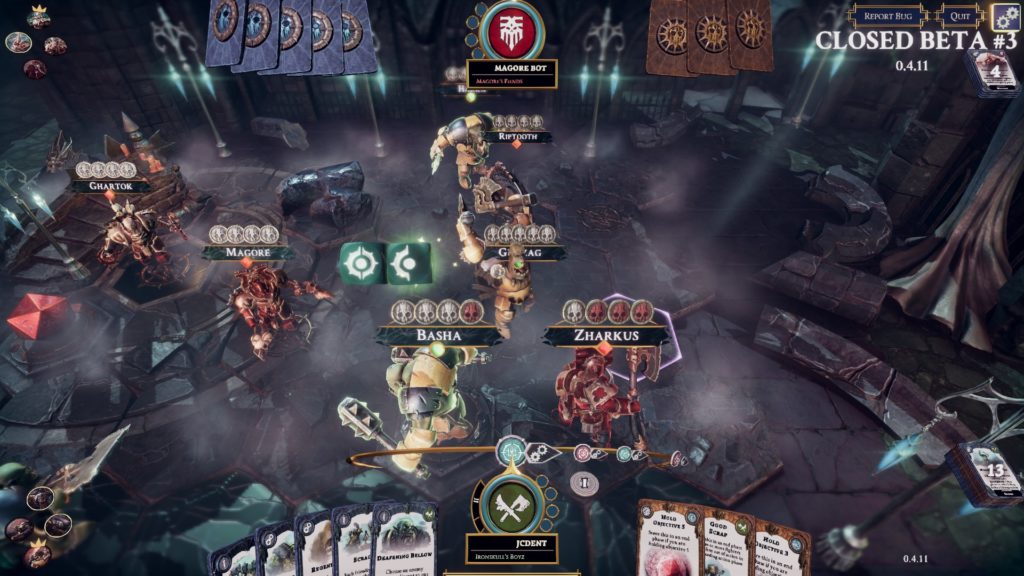

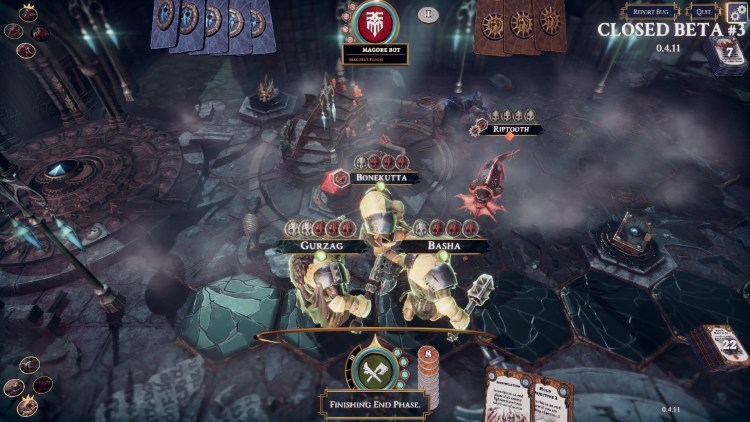
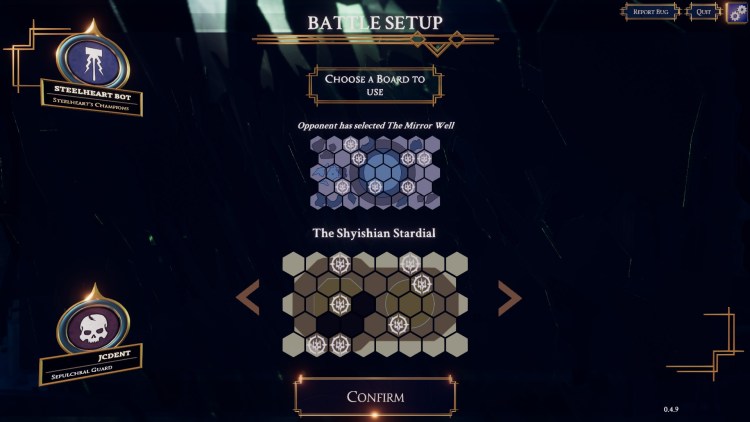
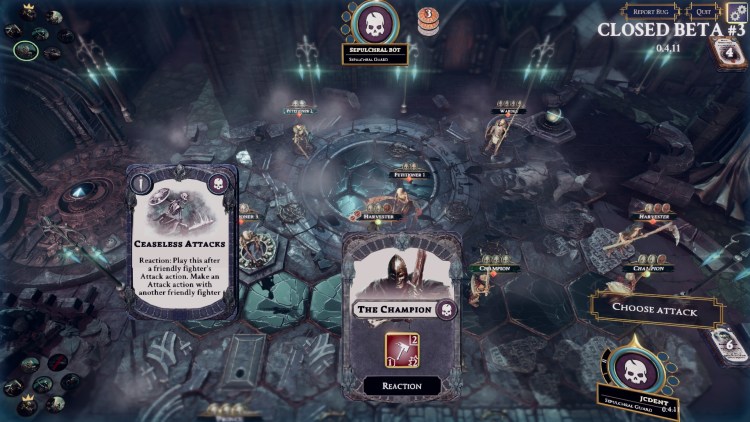
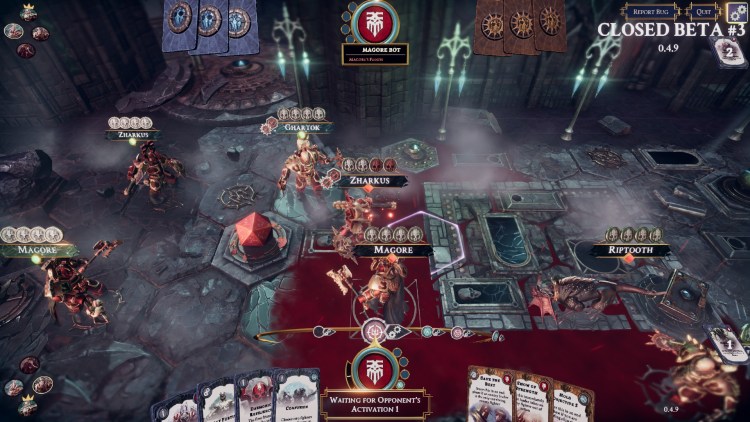
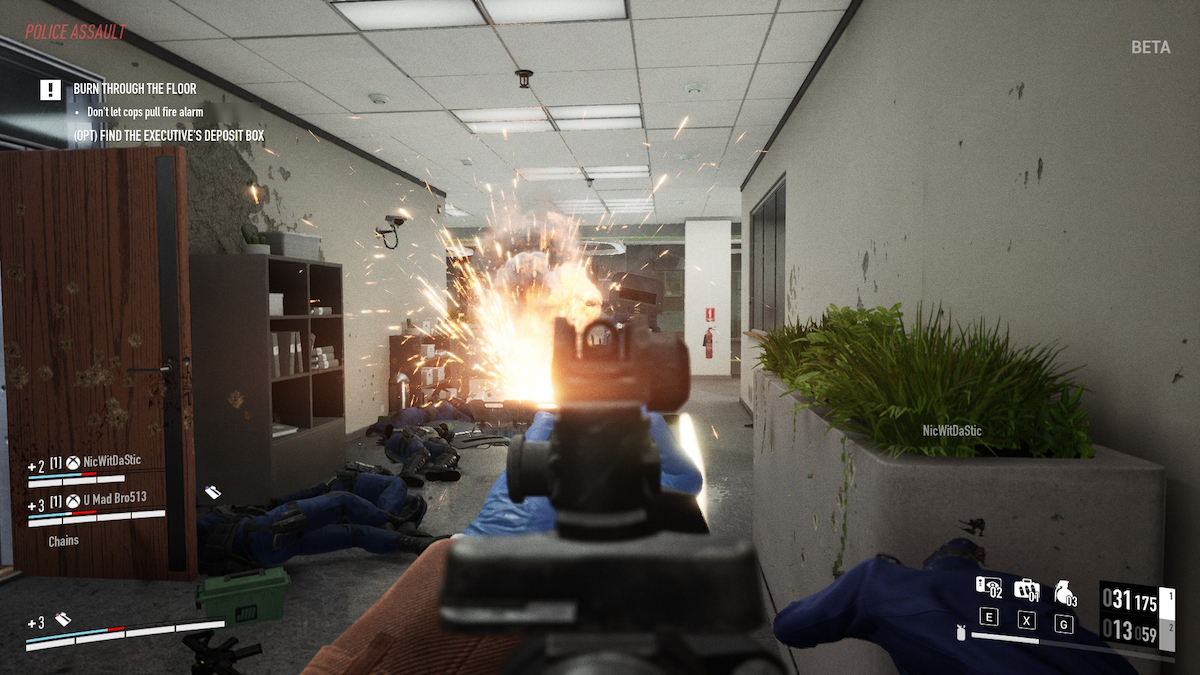
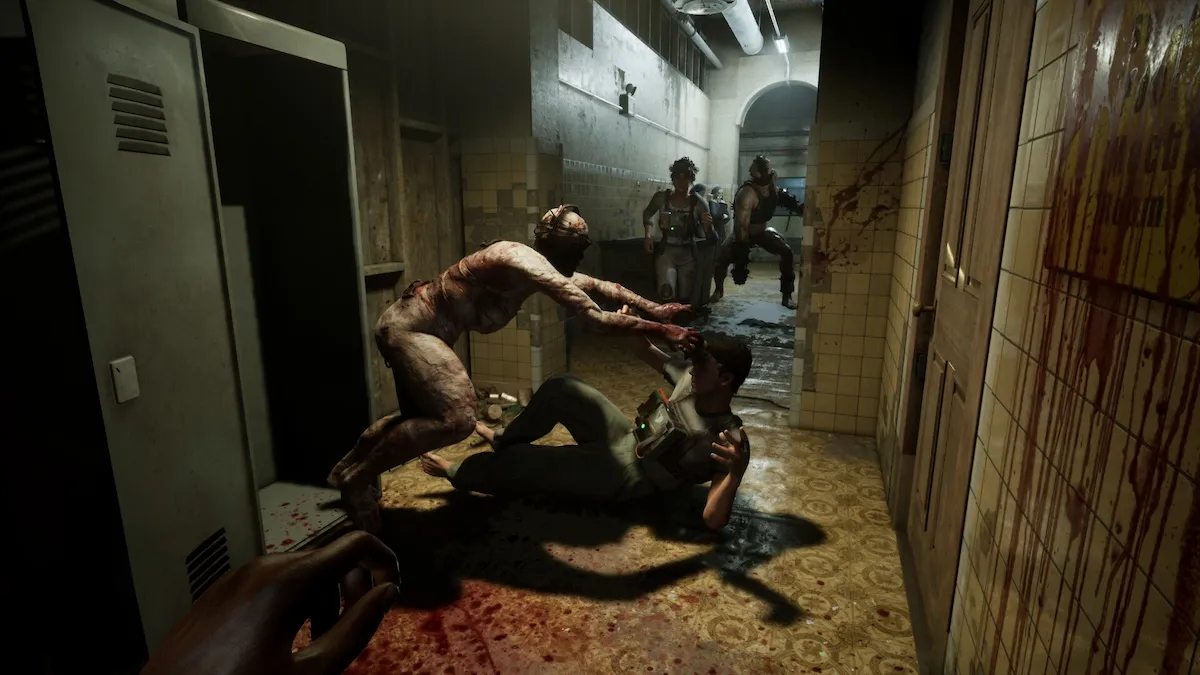
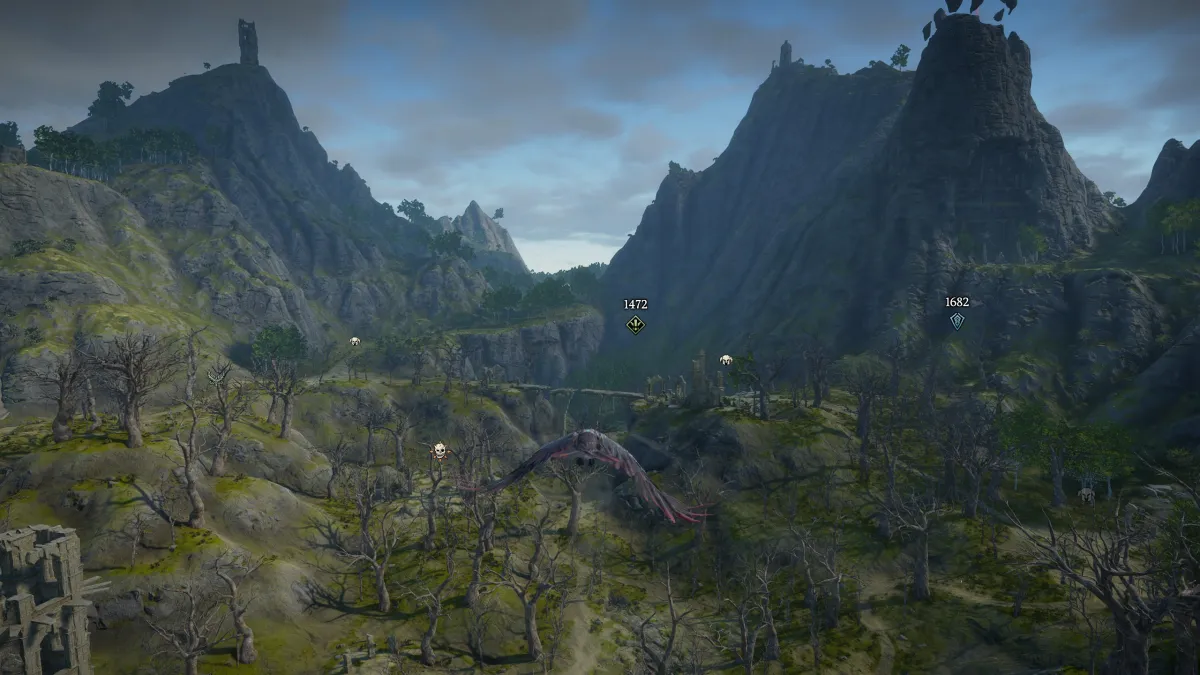
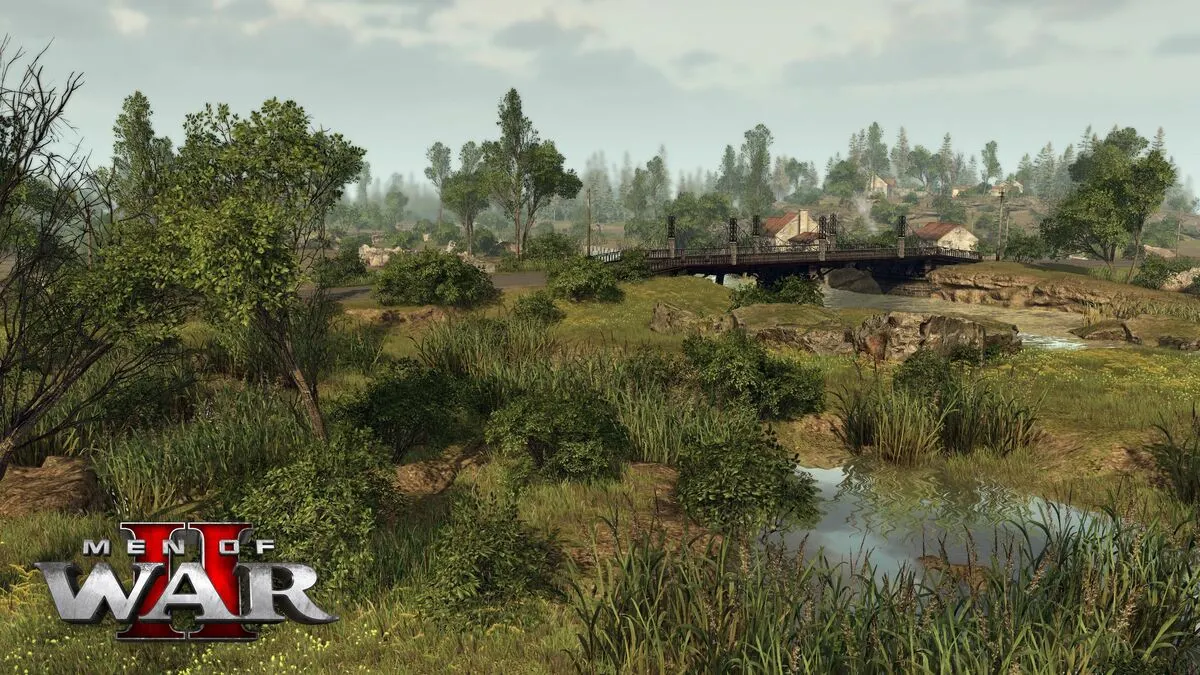
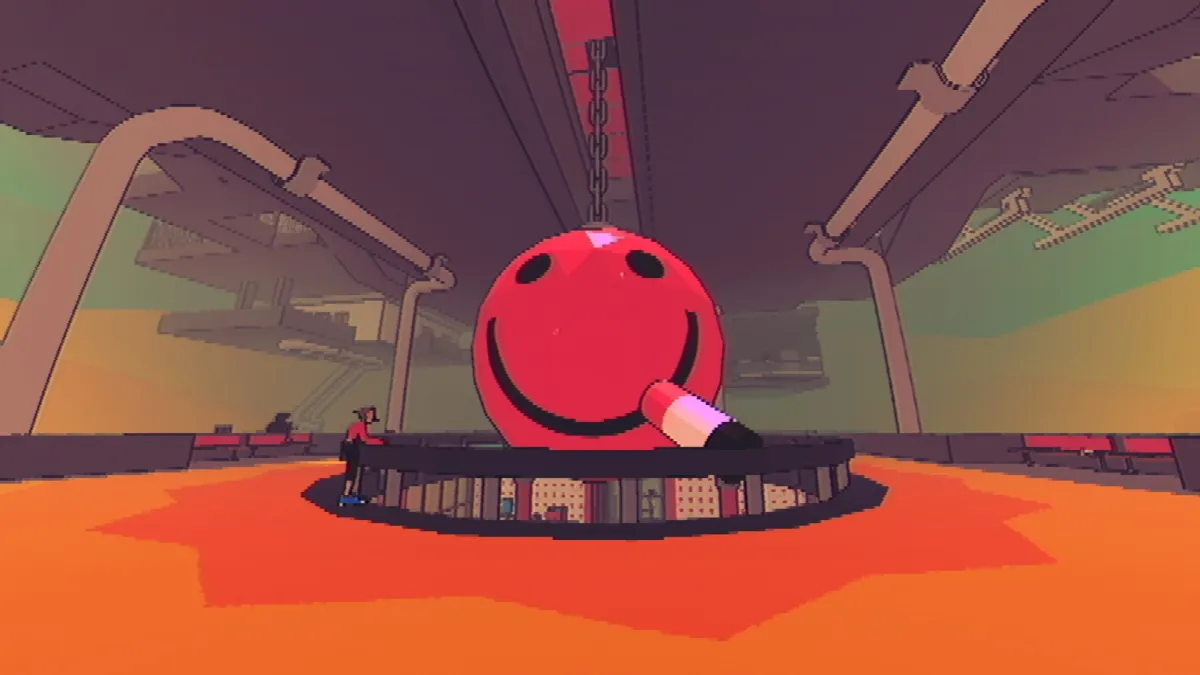
Published: Dec 30, 2019 12:00 pm